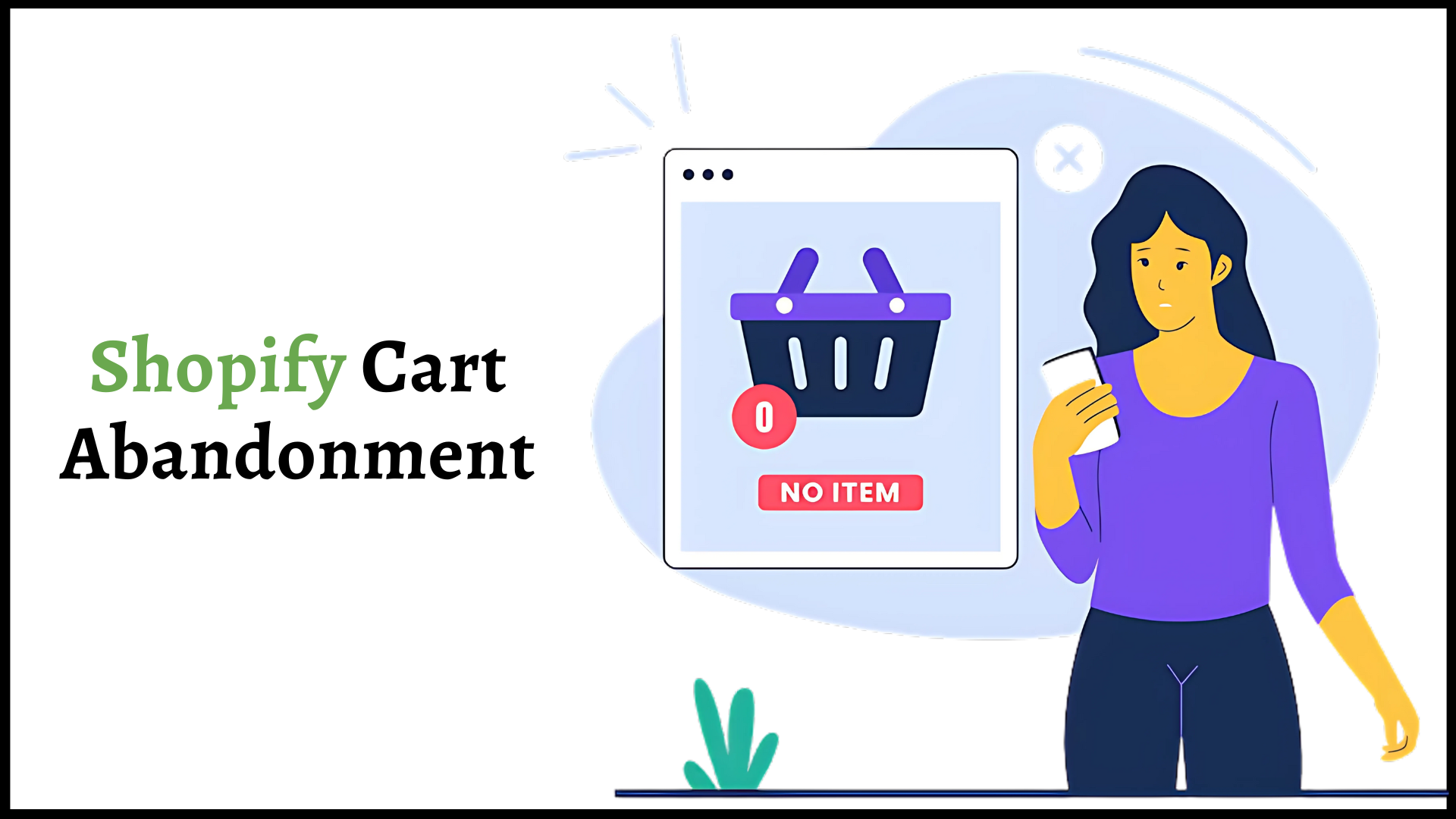Future-Proof Your Web Presence With Headless WordPress

Strong 8k brings an ultra-HD IPTV experience to your living room and your pocket.
In today’s competitive digital world, delivering fast, dynamic, and flexible web experiences is no longer a bonus; it’s a necessity. Traditional content management systems (CMSs), although still widely used, often fall short in meeting the growing demands of modern users. That’s where Headless WordPress enters the picture.
By decoupling the backend content management from the frontend presentation, Headless WordPress allows businesses to break free from the limitations of traditional web setups. It also aligns well with the evolving digital commerce trends, especially when paired with headless commerce architectures.
Let’s explore how Headless WordPress can future-proof your web presence and how it connects with the broader picture around the benefits of headless commerce.
What Is Headless WordPress?
Headless WordPress separates the content layer (WordPress backend) from the frontend (what users see). Instead of rendering pages using PHP on the server, the content is delivered via REST or GraphQL APIs to a frontend built using JavaScript frameworks like React, Vue, or Angular.
This setup offers more control, better performance, and unmatched flexibility, ideal for businesses looking to deliver modern, cross-platform digital experiences.
Why Businesses Are Making the Shift?
Most businesses start with traditional WordPress because it’s user-friendly and quick to launch. But as they grow, they start noticing limitations in speed, scalability, and customization. That’s when the shift to Headless becomes a logical next step.
Benefits of Going Headless With WordPress
1. Improved Website Speed and Performance
Traditional WordPress themes and plugins often come with bloated code, slowing down your site. In a headless setup, the frontend is decoupled and usually built using lightweight JavaScript frameworks. This significantly reduces load times.
- You can serve content faster with modern frontend frameworks
- APIs allow asynchronous content delivery
- Better performance scores improve SEO and user retention
2. Flexibility to Use Any Frontend
With Headless WordPress, you’re not locked into PHP or WordPress themes. You can choose the best frontend framework, like React or Vue, to create stunning interfaces.
- Freedom to innovate with UI/UX
- Easily create custom animations, transitions, and interactions
- Tailor your frontend for web, mobile, or even smart devices
This flexibility mirrors one of the key benefits of headless commerce, where businesses are free to shape customer experiences without platform limitations.
3. Faster Time-to-Market for New Features
Need to roll out a feature quickly without disrupting your entire system? A headless setup lets your backend and frontend teams work independently, speeding up development cycles.
- Backend and frontend updates can be deployed separately
- Easier testing of components or new features
- Continuous integration is easier to implement
This agility becomes critical for businesses aiming to stay ahead in competitive markets.
4. Omnichannel Content Delivery
Want your content to appear not just on your website but also in your mobile app, kiosk, smartwatch, or voice assistant? That’s where Headless WordPress shines.
- Manage content once and publish everywhere
- Easily integrate APIs into multiple frontend channels
- Streamline marketing across different platforms
This omnichannel delivery is also a central theme in the benefits of headless commerce, making it easier for brands to reach customers where they are.
5. Enhanced Security
With a headless setup, your content management system is separated from the presentation layer, which reduces the risk of common attacks like DDoS and brute-force login attempts.
- No direct access to wp-admin from the frontend
- Reduced plugin vulnerabilities
- More control over user access and data flow
This increased security is especially important for businesses handling sensitive customer data or running high-traffic websites.
How Does It Support Headless Commerce Strategies?
Ecommerce businesses are increasingly adopting headless architectures. In fact, many are integrating Headless WordPress with ecommerce platforms like Shopify, BigCommerce, or WooCommerce to create content-driven shopping experiences.
Why This Matters:
- WordPress manages blog posts, product guides, and marketing content
- eCommerce platform handles product inventory and transactions
- APIs connect both systems, allowing for seamless customer experiences
This hybrid approach lets businesses enjoy the benefits of headless commerce, such as:
- Improved site speed and navigation
- Enhanced content personalization
- Better SEO for product and category pages
Use Cases: Where Headless WordPress Excels
1. Content-Rich Ecommerce Sites
You can create high-converting product pages supported by rich blog content, tutorials, and customer reviews. The marketing team works in WordPress, while developers use modern frontend tools to enhance performance.
2. Global Enterprise Websites
Large organizations with multilingual and multi-regional websites can manage content efficiently with Headless WordPress. APIs deliver content based on user location or language settings.
3. Media and Publishing Platforms
For publishers, site speed, ad integration, and cross-device content delivery are critical. Headless WordPress makes this possible without compromising editorial workflows.
Is Headless WordPress Right for You?
While Headless WordPress offers a ton of benefits, it’s not always the best fit for small websites or blogs with simple requirements. If your site needs complex interactivity, high customization, or integration with multiple systems, it’s definitely worth considering.
Ask yourself:
- Do you want faster performance and scalability?
- Is omnichannel delivery important to your brand?
- Do your developers need more control over the frontend?
- Are you planning a headless commerce solution?
If the answer to most of these is yes, Headless WordPress is a smart investment.
How to Get Started?
Step 1: Evaluate Your Needs
Start by analyzing your existing site performance and limitations. Identify where a headless setup can add value.
Step 2: Choose Your Tech Stack
Select a frontend framework (React, Vue, etc.) and determine how you’ll fetch content from WordPress (REST API vs. GraphQL).
Step 3: Partner With the Right Development Team
Headless development requires experience. Work with a team that understands both WordPress and modern frontend development to ensure a smooth transition.
Step 4: Plan for SEO and Analytics
Since your frontend is now decoupled, you’ll need to implement SEO and analytics tracking manually or via server-side rendering for best results.
Conclusion
Headless WordPress is more than a technical trend, it’s a strategic move toward better performance, more flexibility, and future-ready digital experiences. It empowers businesses to break through the limits of traditional CMS platforms and build solutions that scale across channels and devices.
When used in tandem with headless commerce strategies, Headless WordPress becomes a powerful tool for building content-rich, customer-focused digital storefronts that are fast, secure, and easy to manage.
As the digital landscape continues to evolve, going headless isn't just an option, it’s a competitive advantage.
Note: IndiBlogHub features both user-submitted and editorial content. We do not verify third-party contributions. Read our Disclaimer and Privacy Policyfor details.



